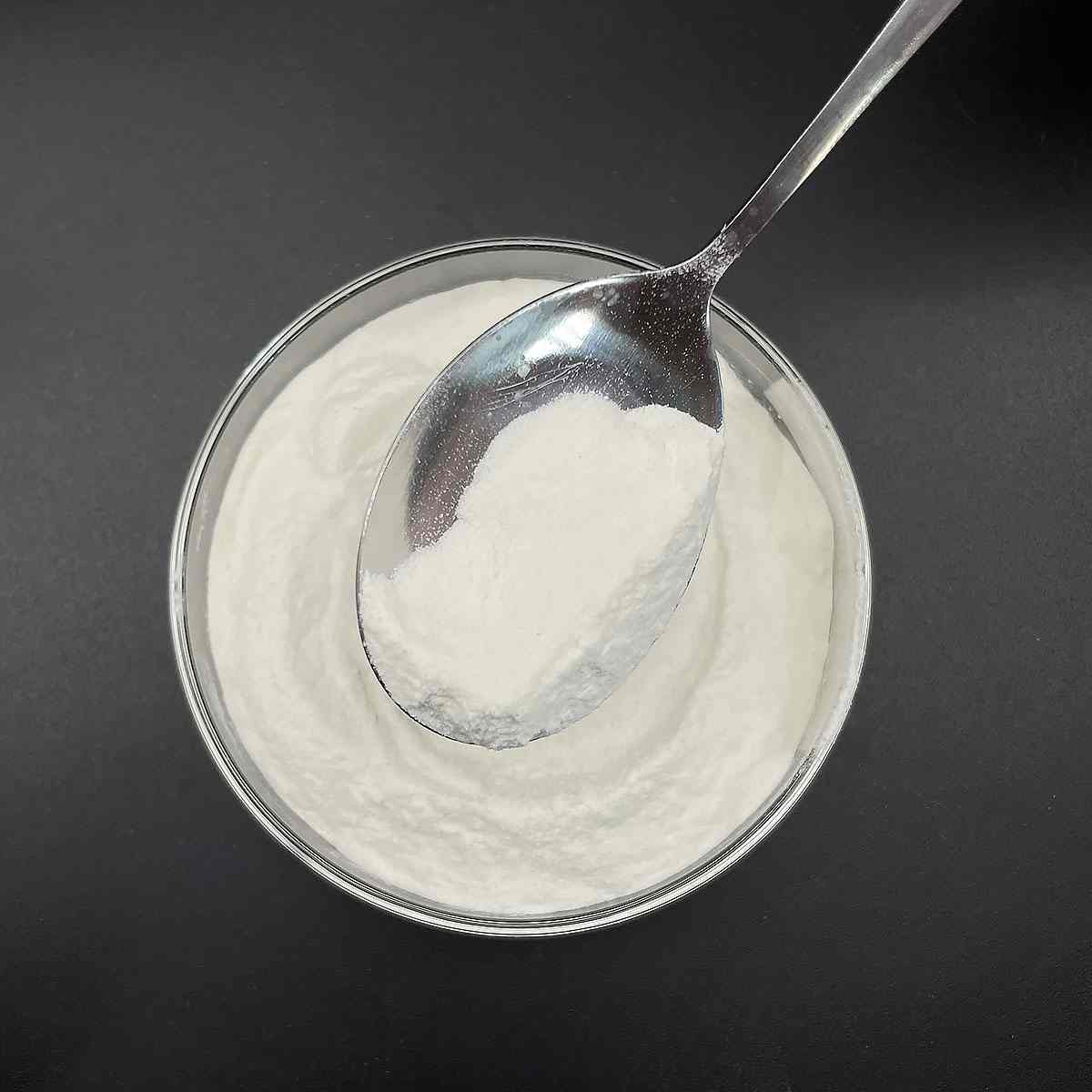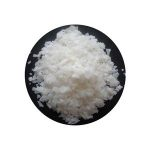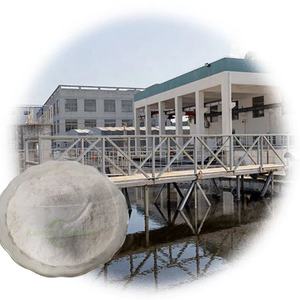1. Introduction
Just 36 hours ago, a team at the University of California, Davis, published preliminary field data showing that herbicide formulations enhanced with sodium lauryl sulfate achieved 22% better leaf coverage on drought-stressed weeds compared to conventional surfactant blends. This isn’t just another lab curiosity—it’s a potential game-changer for farmers battling invasive species in increasingly arid climates. While sodium lauryl sulfate (also known as sodium dodecyl sulfate or SLS) is infamous in skincare circles for its ‘stripping’ reputation, its real superpower lies in its ability to reduce surface tension and improve adhesion on waxy or dusty plant surfaces.

And no, this isn’t your grandma’s dish soap trick. We’re talking precision agriculture, where every droplet counts—and SLS is stepping up as an unsung hero in the surfactant lineup.
2. The Science Behind Surfactants in Herbicide Delivery
2.1. What Is a Surfactant, Anyway?
A surfactant—short for ‘surface-active agent’—is a molecule with a split personality: one end loves water (hydrophilic), and the other hates it (hydrophobic). This duality lets surfactants wedge themselves between water and oil, dirt, or waxy plant cuticles, effectively lowering surface tension. In herbicide applications, this means spray droplets spread evenly instead of beading up and rolling off like rain on a freshly waxed car.
Sodium lauryl sulfate is a classic anionic surfactant, meaning it carries a negative charge in solution. This contrasts with cationic surfactants (positively charged, like cetyl trimethyl ammonium bromide) or amphoteric types (like cocamidopropyl betaine, which can switch charges depending on pH).
2.2. Why SLS? The Niche Advantage

Among the zoo of surfactants—sodium laureth sulfate, polysorbate 80, decyl glucoside, sodium cocoyl isethionate, and even bio surfactants like coco glucoside—SLS stands out for its cost-effectiveness, strong wetting power, and compatibility with glyphosate and other systemic herbicides. Unlike non-ionic surfactants such as ethoxylated alcohols or Pluronic 127, SLS provides rapid spreading even on hydrophobic leaf surfaces.
Moreover, when blended with methylated seed oil (a common surfactant for herbicides), SLS creates a synergistic effect that boosts herbicide absorption without phytotoxicity. This combo is especially useful as a lawn wetting agent or wetting agent for grass in dry regions where water conservation is critical.
3. Beyond the Bottle: Real-World Agricultural Applications
3.1. Fighting Resistant Weeds with Precision
In recent trials, farmers in Australia’s Murray-Darling Basin used a custom mix containing sodium lauryl sulfate, sodium lauryl ether sulphate, and a touch of alkyl polyglucoside to combat glyphosate-resistant ryegrass. The result? Herbicide uptake increased by nearly 30%, reducing the need for repeat applications. For context, sodium lauryl ether sulfate (also called sodium lauryl ether sulphate or SLES) is milder than SLS but less effective alone on tough cuticles—hence the strategic blend.

Interestingly, SLS outperformed newer ‘gentle’ alternatives like sodium lauroyl sarcosinate and sodium cocoyl glutamate in these high-stress conditions. Sometimes, the old dog really does have the best tricks.
3.2. Compatibility and Caution
Not all surfactants play nice together. Mixing anionic and cationic surfactants—say, SLS with cetyltrimethylammonium bromide—can cause precipitation and render your spray useless. That’s why commercial herbicide adjuvants are carefully engineered. Companies like Rohit Surfactants Private Limited now offer pre-formulated SLS-based wetting agents labeled as ‘sodium lauryl sulfate for sale’ specifically for agricultural use.
Also worth noting: while SLS is effective, overuse can damage desirable plants. Always follow label instructions—typically 1–2 teaspoons per gallon of water, depending on water hardness and target species.
4. How SLS Stacks Up Against the Competition
- Sodium laureth sulfate (SLES): Milder, better for foaming, but weaker wetting on waxy leaves.
- Cocamidopropyl betaine (aka coco betaine or amidopropyl betaine): Amphoteric, great for skin, mediocre for herbicides.
- Alkyl polyglucoside & decyl glucoside: Bio-based and eco-friendly, but slower-acting in dry conditions.
- Lignin sulfonate: A byproduct of paper mills, used as a dispersant but poor at reducing surface tension.
- Fluoro surfactants: Extremely effective but expensive and environmentally persistent—avoid unless absolutely necessary.
For most field applications, plain old SLS—sometimes listed as na lauryl sulfate, natrium lauryl sulfate, or sls sodium lauryl sulfate—delivers the best bang for buck. And despite internet myths, it’s not the same as sodium laureth (laureth sulfate or sulphate laureth sulfate), which is ethoxylated and behaves differently.
5. The Future of Surfactant Science in Agriculture
Researchers are now exploring hybrid systems that pair SLS with bio surfactants like rhamnolipids or sodium deoxycholate to reduce environmental impact while maintaining performance. Early data suggests these blends could cut SLS usage by 40% without sacrificing efficacy.
Meanwhile, startups are testing nanoemulsions using SLS and Span80 (sorbitan monooleate) to deliver herbicides directly into plant stomata—think of it as precision-guided weed warfare. If successful, this could drastically reduce chemical runoff and protect pollinators.
6. Conclusion
Sodium lauryl sulfate may have earned its fame (or infamy) in your bathroom cabinet, but its true calling might just be in the field—helping farmers outsmart superweeds with smarter chemistry. Far from being obsolete, SLS is proving that sometimes the most ‘basic’ molecules have the most advanced applications. So next time you see ‘sls sulfate’ on an ingredient list, remember: it’s not just cleaning your hair—it’s helping feed the world.
Our Website founded on October 17, 2012, is a high-tech enterprise committed to the research and development, production, processing, sales and technical services of ceramic relative materials such as Sodium. Our products includes but not limited to Boron Carbide Ceramic Products, Boron Nitride Ceramic Products, Silicon Carbide Ceramic Products, Silicon Nitride Ceramic Products, Zirconium Dioxide Ceramic Products, etc. If you are interested, please feel free to contact us.


